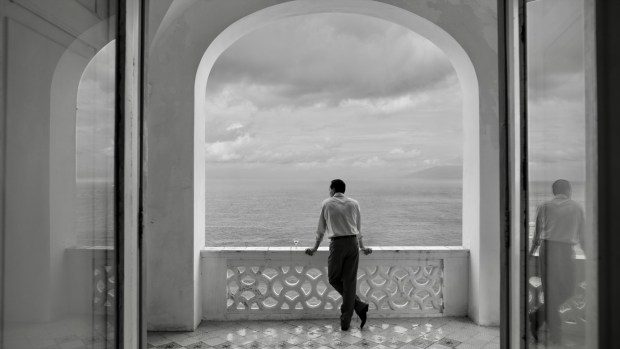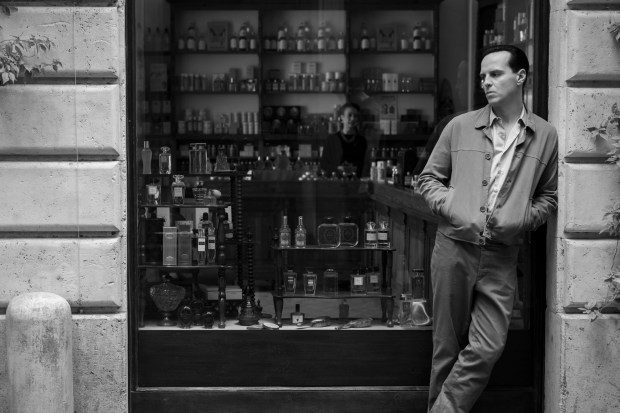Tom Ripley, a luxury connoisseur and con man, is the main character in five Patricia Highsmith novels, beginning with “The Talented Mr. Ripley” in 1955. The book shows how Tom becomes a grifter who steals identities and commits crimes after being exposed to wealth and status. Anthony Minghella’s 1999 movie presents Tom's desires as dangerous whether fulfilled or not. A new adaptation needs to bring something fresh to the screen, and that’s the case with the eight-episode Netflix series “Ripley,” starring Andrew Scott. Whether it captures the essence of Tom Ripley is uncertain.
It’s inevitable to compare the two versions, which have different tonal approaches. The former depicts expat luxury as vibrant and lustful, while the latter is cooler and shot in black and white, but visually stunning.
The story begins with a shipping magnate in New York confusing Tom for a friend of his ne’er-do-well son, Dickie Greenleaf, who has been living off his trust fund in a coastal village in southern Italy. Papa sends Tom to Italy to convince Dickie to return to New York and join the family business, plunging Tom into a world of glamour and wealth.
Dickie, whom Tom admires, spends leisurely days with his girlfriend and embodies everything Tom desires. In Minghella’s film, Dickie is charismatic and represents the object of Tom’s desires, highlighting the story’s homoerotic subtext.

The Netflix series is created by Steven Zaillian, known for his work on “The Irishman” and “Schindler’s List,” and his approach is more intellectual compared to Minghella’s.
Andrew Scott gives a complex performance as Tom, portraying his sociopathic tendencies and personal moral code. However, his age differs from the original character, which could affect the story's context.
This version also portrays Tom as a creature with no sexual feelings, which diminishes a lot of the potential excitement. Dickie's world is supposed to be very exciting and Dickie himself is supposed to be exciting too. But the character is just empty. The same goes for Marge, who is played by Dakota Fanning.
What the series lacks in sexual energy, it compensates for with a memorable visual style created by director of photography Robert Elswit. The cinematography is truly amazing and it's one of the real joys of each episode, especially the way scenes are set up. A clean white business card against the worn wooden bar top. Twisting staircases that suggest either a big empty space or a trap. A fluffy cat looking at Tom as he drags a dead body. Any moment could be a picture you would hang up as art. The floors are made of marble, travertine, and tile, which emphasize the sound of footsteps, creating a delightful background sound for the intense game of cat and mouse, especially once the Italian police get involved.

The eight-episode duration allows Zaillian to consider the details of violence. Tom prefers using blunt-force trauma to the head, with the help of a boat oar or a heavy glass ashtray. But what Zaillian really wants to focus on is the immediate aftermath. These wordless scenes are long and captivating and some of the best moments of the series, as we watch Tom figure out his next steps and how to get rid of the evidence, including the body itself. It's an aspect that most crime dramas don't delve into, but the attention to detail is exciting. With Tom, the violent acts aren't planned, but they're always followed by careful, somewhat frantic, somewhat numb attempts to save himself. Zaillian wants you to see what that looks like in real time, and he doesn't shy away from it.
'Ripley' – 2.5 stars (out of 4)
Where to watch: Netflix
Nina Metz is a Tribune critic.









